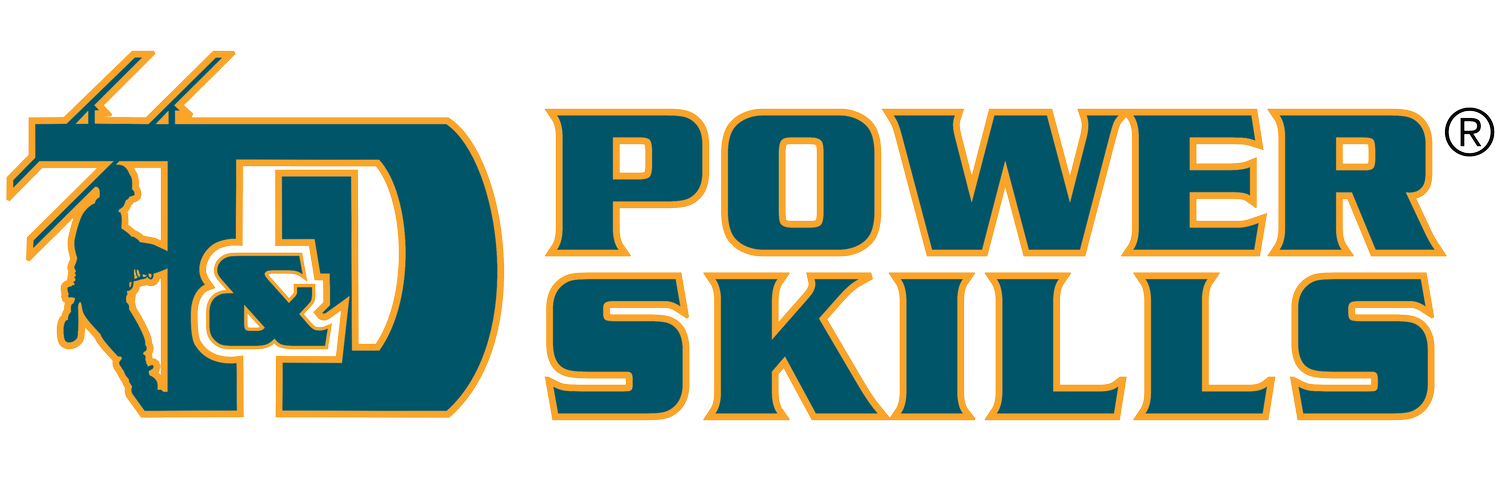Distribution
COURSE DESCRIPTION
This course is designed to help personnel recognize the basic elements of a distribution system and to gain an understanding of how each element works. This course also introduces basic equipment such as transformers, capacitors, regulators, circuit breakers, and other types of protective devices.
COURSE GOALS
Recognize transformers, voltage regulators, and capacitors, and in basic terms describe how these devices work.
Identify the basic protective devices used on distribution systems to protect the system and its components from damage and its customers from power outages.
Understand how distribution systems are laid out.
SUBJECTS AND OBJECTIVES
Introduction to Distribution Systems
Define the term “distribution system”.
List the basic components that make up a distribution system.
Explain the basic difference between primary and secondary distribution voltages.
Transformers
Define the term “transformer”.
Explain, in general terms, how a transformer works.
Recognize and identify pole top and pad-mounted transformers.
Voltage Regulators and Capacitors
Define “voltage regulator”.
Identify the electrical and physical elements that make up a typical voltage regulator.
Explain, in general terms, how a voltage regulator works.
Define “capacitor”.
Explain, in general terms, how a capacitor works.
Describe a potential safety hazard inherent in all capacitors.
Distribution Lines and Layouts
Explain how electrical energy flows from the substation to the consumer.
List three categories of distribution lines and the classification of voltage carried by each line.
List and explain three types of distribution layouts.
Protective Devices
Explain how circuit breakers and fuses protect feeders and laterals from the effects of faults.
Explain how reclosers and sectionalizers provide protection for a distribution system.
Explain how sectionalizing can be accomplished to protect customers from long outages.
